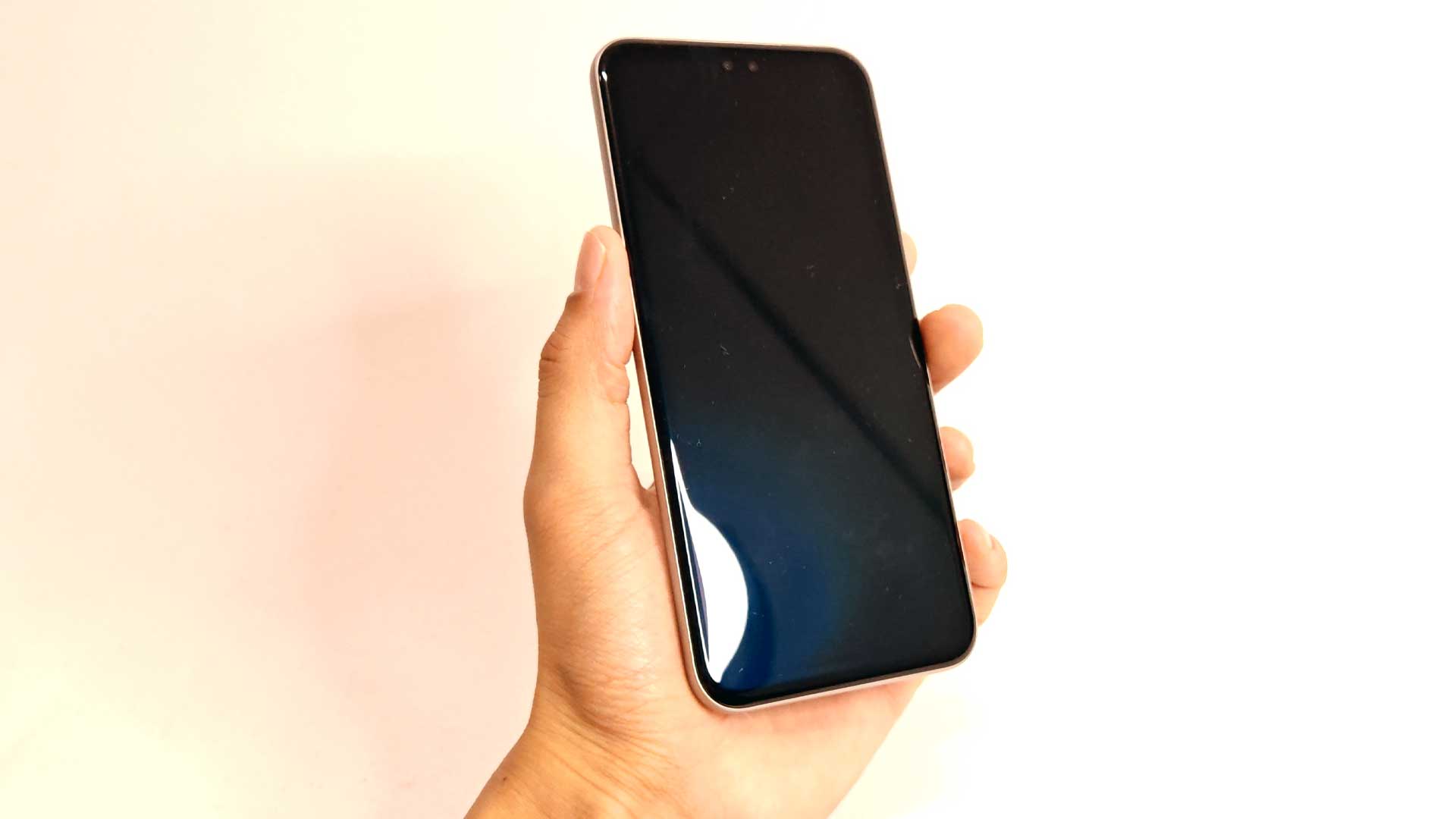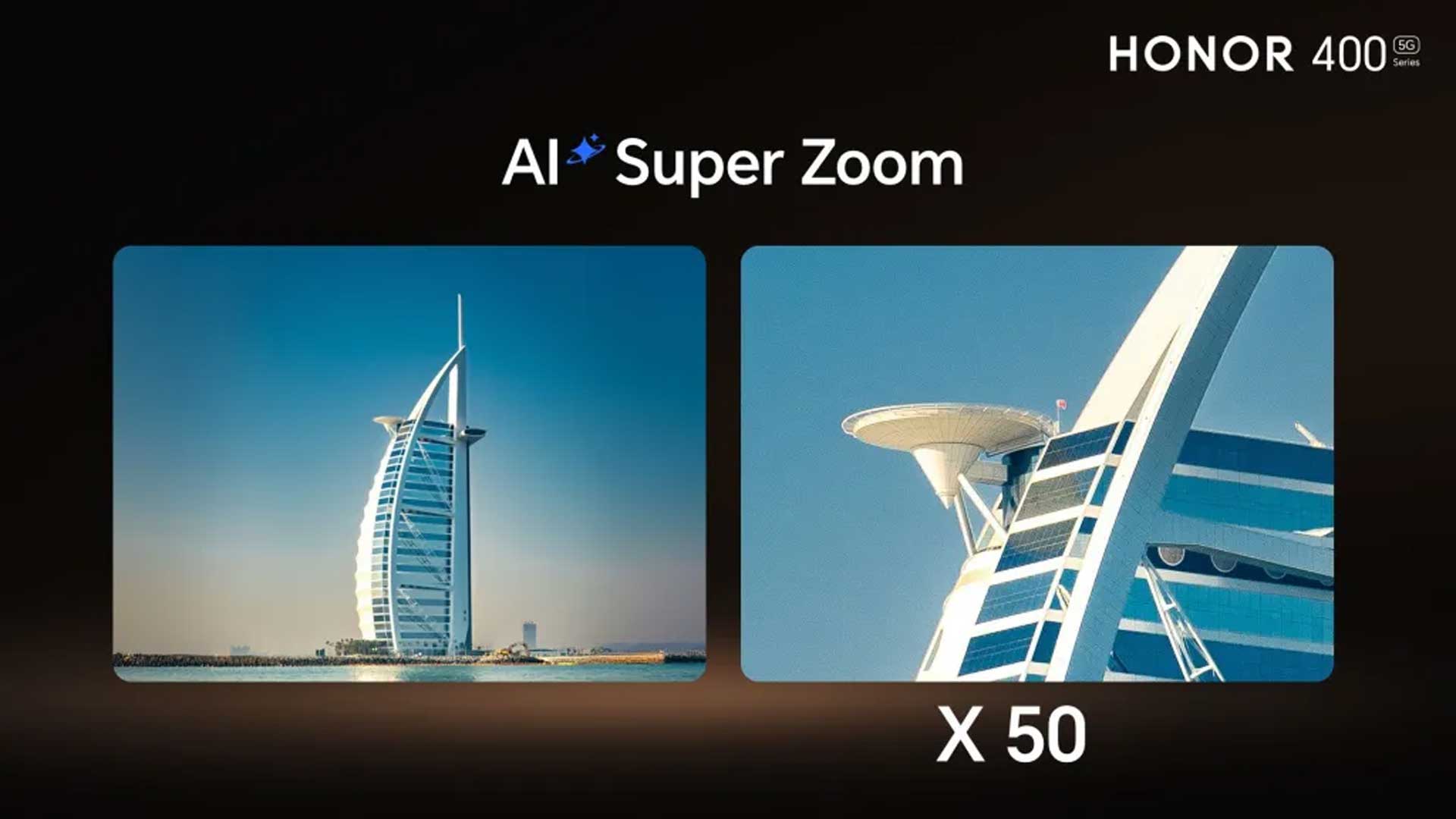Honor has released a series of brilliant smartphones lately. The brand has made huge strides with its R&D and has released many world-firsts along the way. My recent reviews for the brand included the impressive Honor Magic V2, which delivered a more affordable, lightweight foldable, as well as the flagship-competing Honor 200 Pro. I was so impressed by the latter that I went out and got one for myself. Over the past year, it has been my go-to for shooting content thanks to its features and filters. Needless to say, I was eager to get my hands on the Honor 400 Pro when it launched.
Having had a few minutes of hands-on at the launch event, testing out its AI zoom features, I was sold. All it took was a few minutes. Now, here we are, a few weeks after receiving the unit for review. Does it live up to all the hype I’ve built up over the past few months since its launch, and how much of an upgrade is it over the previous iteration?
Premium Build & Design: Familiar Shape, Fresh Feel

From a top-down view of the Honor 200 Pro and the 400 Pro, you’ll be forgiven for mistaking them as the same device. But while the outward appearance looks the same at first glance, holding the device in one’s hand already reveals its differences.
For starters, while the device’s shape is quite similar, Honor has significantly flattened the screen. The previous unit featured a rounder bezel finish, while the 400 had a more squared finish, though it still had a slight curve. The more squared finish does give it a more premium presentation. Its curved finish lends itself to Android’s recent gesture-enabled operation. This is a crucial design element, as the curve hides the device’s size, especially when used one-handed.
Another aspect carried over from the previous iteration is the single-piece aluminium frame. The change between the two is that the 200 Pro featured a glossy finish, whereas the 400 Pro has a more matte finish. The same goes for the rear. Last year’s 200 Pro featured the Elegant Coastline Design on the rear, while the 400 Pro eliminated it and stuck to a subtler single-colour matte finish. I liked the wave pattern on the previous iteration, but I do have to admit that the Honor 400 Pro’s clean finish feels more premium and ‘grown-up.’
Getting into the nitty-gritty of the specifications, the Honor 400 Pro weighs 205g compared to the 200 Pro’s 199g. You’ll hardly notice the additional 6g in your hand or pocket unless you’ve got some unique abilities. Comparing the dimensions, the 400 Pro is 3mm shorter, 1mm wider and 0.1mm thinner. This is impressive considering that it packs an additional 800mAh on the battery capacity, but it is 0.08″ smaller on the screen size, which is roughly 2mm. Putting that into perspective, that’s about the width of your finger crease lines. And lastly, but very significantly, Honor has increased the device’s IP rating to IP68/69 to improve its dust and water resistance.
Overall, it’s quite an improvement from one iteration to the next. Honor has deliberately made the 400 Pro appear more premium. It has worked a charm.
Display & Visuals: Brighter, Bolder AMOLED Entertainment

As mentioned, the screen is down in size by 0.08″, which means it now measures 6.7″ instead of the previous 6.78″. However, all other screen specifications have been improved, including the added features.
Honor has fitted a new AMOLED panel onto the 400 Pro, compared to the OLED panel on the 200 Pro. As a result of this hardware improvement, the screen has increased brightness, better colour balance, and deeper blacks, resulting in excellent contrast. With 1 billion colours, 120Hz refresh rate, 3,840Hz PWM and HDR Vivid support, there has been a notable step up between iterations on this front. The unit also has a 100% DCI-P3 rating, indicating it is certifiably excellent. As a result of these improvements, the range now includes Netflix and Amazon HDR certification.
Although not as significant, there is still an increase in resolution, now up to 1,280×2,800px. This has increased the pixel density up to 460ppi, up from 437ppi previously. You’ll just barely be able to detect a significant change in resolution between the two devices; however, the gap in colour profile is much more noticeable.
One of the screen’s features I found truly helpful on the 200 Pro was how Honor implemented the use of its front-facing camera. Although not new to the smartphone scene, the device featured a capsule-shaped cutout around the front-facing camera, known as the Magic Capsule, and added its own set of software features. This returns on the Honor 400 Pro with the camera now featuring a 50MP lens.
The Magic Capsule includes media controls when you’re playing music, a video or anything related, as well as timers and clocks, and even suggestions when browsing and searching, if enabled. This opens up much more space to complete your tasks and multitasking without the clutter on the screen. It’s pretty nifty.
As stated, it’s not a significant overhaul, but there are sufficient upgrades, especially in terms of colour and contrast, to enhance your entertainment.
Hardware & Specs: Snapdragon Power Meets Smart Software

The Honor 400 Pro is fitted with the Qualcomm SM8650-AB Snapdragon 8 Gen 3 (4 nm) SoC. That includes an Octa-core chipset with a single 3.0GHz Cortex-X4, a 2.95GHz Cortex-A720, and a 2.0GHz Cortex-A520 CPU configuration. This is paired with the Adreno 750 GPU. This variant of the Snapdragon SoC was one of the leading chipsets in 2024, fitted to smartphones like the Samsung Galaxy S24. Although it is effectively one generation behind the 2025 flagships, it’s more than sufficient power to manage your everyday workload, with the primary real-world considerations being for gamers. You’ll still be able to play all your favourites without a fuss, but you may be down a few FPS compared to the 2025 chipsets.
There are two storage options available: 256GB and 512 GB. Both include 12GB of RAM. The device features the Android 15 platform out of the box, with Honor confirming up to six major Android upgrades, two more than it promised for its 2024 range. The UI bolted atop the firmware is Honor’s own MagicOS 9. This is where most of the magic happens for the brand – pun intended. It features some of the best AI features available on the market, comparable to — and, in some instances, beating— those of flagship smartphones.
Another of the functional improvements year-on-year is its battery. As mentioned previously, there’s a massive 800mAh capacity bump, now up to 6,000mAh in most regions. The Si/C Li-Ion battery has plenty of features to go with the capacity increase, including support for up to 100W super-fast charging, capable of charging over 50% in 15 minutes and full capacity in 39 minutes. There are also other features, including wireless charging, reverse charging and more.
What I was most interested in was its camera configuration. Sitting on a type of protruding triangle island on the rear, the Honor 400 Pro features a tri-lens camera. This includes the following lenses:
- 200MP, wide, f/1.9, 1/1.4″, PDAF, OIS
- 50MP, telephoto, f/2.4, 1/2.0″, 0.8µm, PDAF, OIS, 3x optical zoom
- 12MP, ultrawide, f/2.2, 112”, AF
Battery & Performance: A Two-Day Beast With Speedy Charging

The Honor 400 Pro delivers across the board in standard smartphone tests. You won’t be lacking power even when performing multiple tasks concurrently. While it does lag behind the 2025 flagship in benchmark comparisons, this isn’t very noticeable to your average user, much less something that would make or break their decision-making.
Its software also provides all the support necessary for power users who multitask. The Magic Portal and other features provided by MagicOS 9 support all your daily requirements. Although it can still be somewhat confusing to me, activating the Magic Portal using your knuckle to select specific areas to copy and drag between apps is amazingly good. Whether it’s an image or simple text, all you need to do is highlight it with your knuckle, and it gives you the option to copy it to other apps. There’s no specific app or mode you need to be in to activate this. It simply triggers when it detects your knuckle usage.
With the added 800 mAh battery under the hood, you can achieve impressive results. Power users can still push the limits of use across a full day, while more conservative users can go well into a second day before needing to reach for a charger. And even then, you only need about 15 to 30 minutes of charging time with its 100W charger to be powered for another day or two. Although I don’t know the long-term effects of its super-charging support at this level, it works great. There are a few battery-saving options in the settings if it’s a concern for you.
AI Cameras & Super Zoom: 200MP Detail with Mixed Long-Distance Result

Honor has delivered on numerous previous occasions when it comes to its camera hardware and supporting software features. Its partnership with Studio Harcourt continues with a few added filters. This already delivered impressive results for me in 2024 when doing a few professional headshots, and continues in 2025 on the Honor 400 Pro. The brand has added a few additional filters of its own to give you more options for selfies and portrait photos, which is nice.
However, its most hyped features are its 200MP primary camera and 100x AI super zoom. The 200MP camera delivers great photos in all lighting conditions. It’s clear and bright, with colour reproduction that can be utilised even for professional prints if required. With the higher resolution and large 1/1.4″ sensor, it delivers images that can be used to create large prints and are great for post-editing.
Paired with the 200MP camera is the 50MP telephoto camera. This camera supports native 3x zoom but can also deliver up to 10x zoom. It uses a Sony IMX856 sensor and is aided by OIS for impressive results. Anything above this, and you’re in the software enhancement zone. Depending on the shot, there are a few behind-the-scenes workings between 10x and 30x zoom, sometimes utilising the AI to enhance the shot and other times using the native zoom. Anything above 30x zoom and you’re always going to trigger the AI zoom enhancement.
While it produces a normal image at first, which can be grainy, distorted or lacking colour balance, this is where Honor’s AI kicks in. Processing the image, its surroundings, and many other variables, it recreates the image with much-improved quality. It removes image noise, enhances the colours, and adds contrast where required. There’s still plenty left to chance when taking these ultra-zoomed-in images, since the AI may not correctly detect all the variables. Instead, it smooths out noise and attempts to add detail. However, the images clearly look like AI-generated content, which isn’t ideal. At this point, you may want to take a few additional snaps or zoom out slightly for it to capture more detail for processing. When it gets it right, you’ll be amazed at the result.
Verdict: A Flagship Experience Without the Flagship Price

At R17,999, the Honor 400 Pro delivers a performance well beyond what its price category suggests. It’s more than capable of going toe-to-toe with some of the leading flagship smartphones in some side-by-side comparisons, especially when it comes to its software features led by its AI capabilities. Even if you already own last year’s 200 Pro, the Honor 400 Pro is definitely worth the upgrade.
RELATED: We Tried To Break The “Unbreakable” Honor X9c Phone. Here’s What Happened
The Review
Honor 400 Pro
The Honor 400 Pro delivers near-flagship specifications and software at an upper mid-range price. Its AI features are impressive, competing with the best in the business to deliver excellent support, and are hyped by the 100x AI zoom, which is absolutely brilliant when it gets it right.
PROS
- More premium design over predecessor
- Enhanced AMOLED screen
- Great quality camera
- Excellent 100x AI zoom when it gets it right
- Improved battery life
CONS
- AI Zoom can be hit or miss at times









Discussion about this post